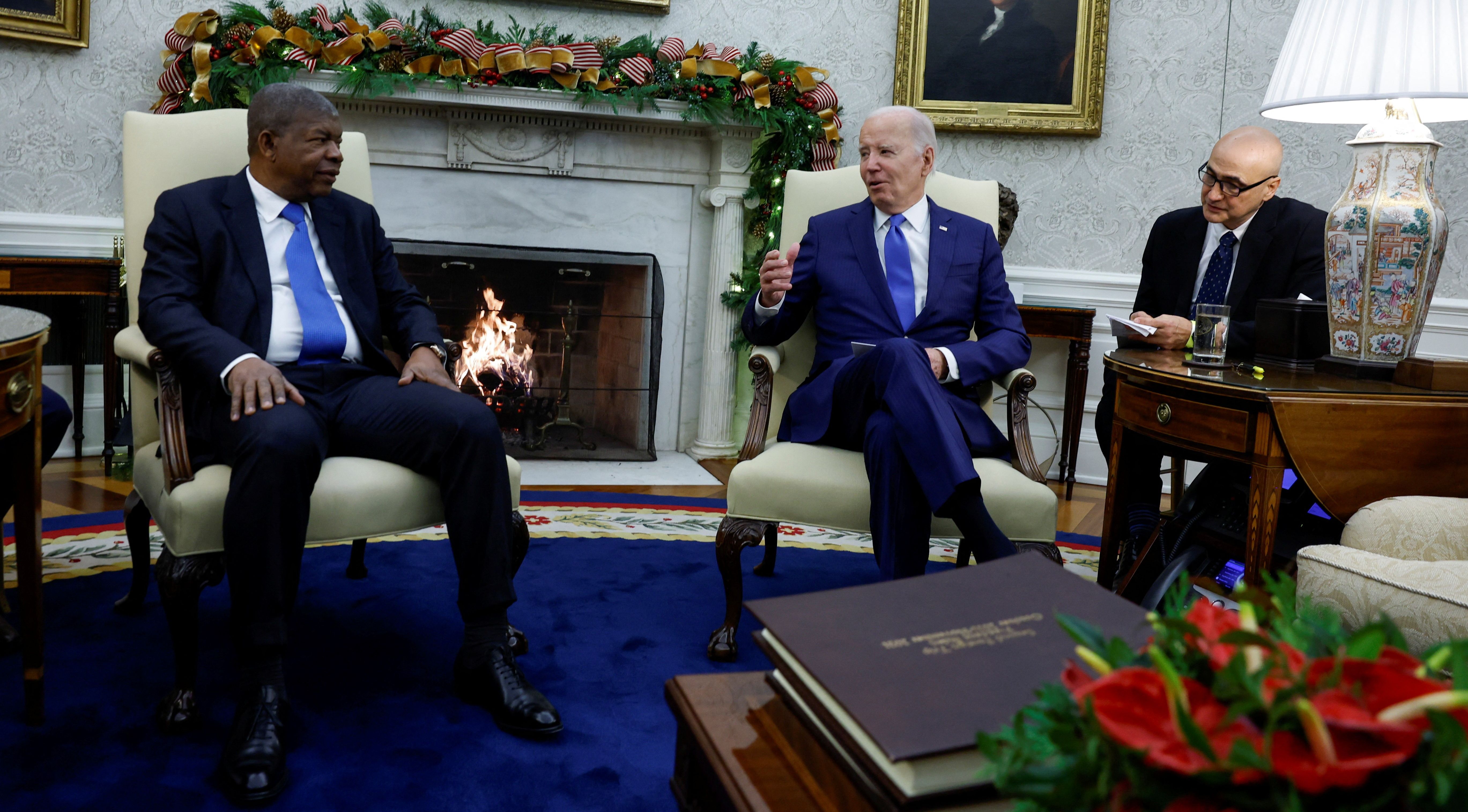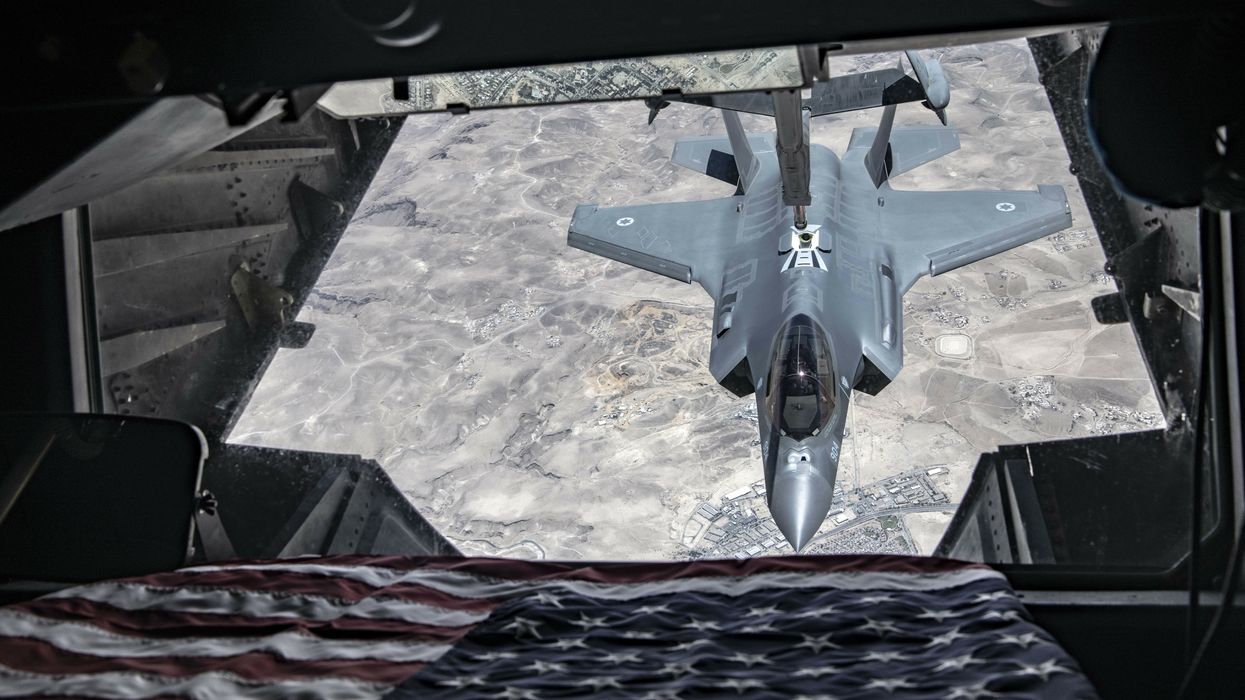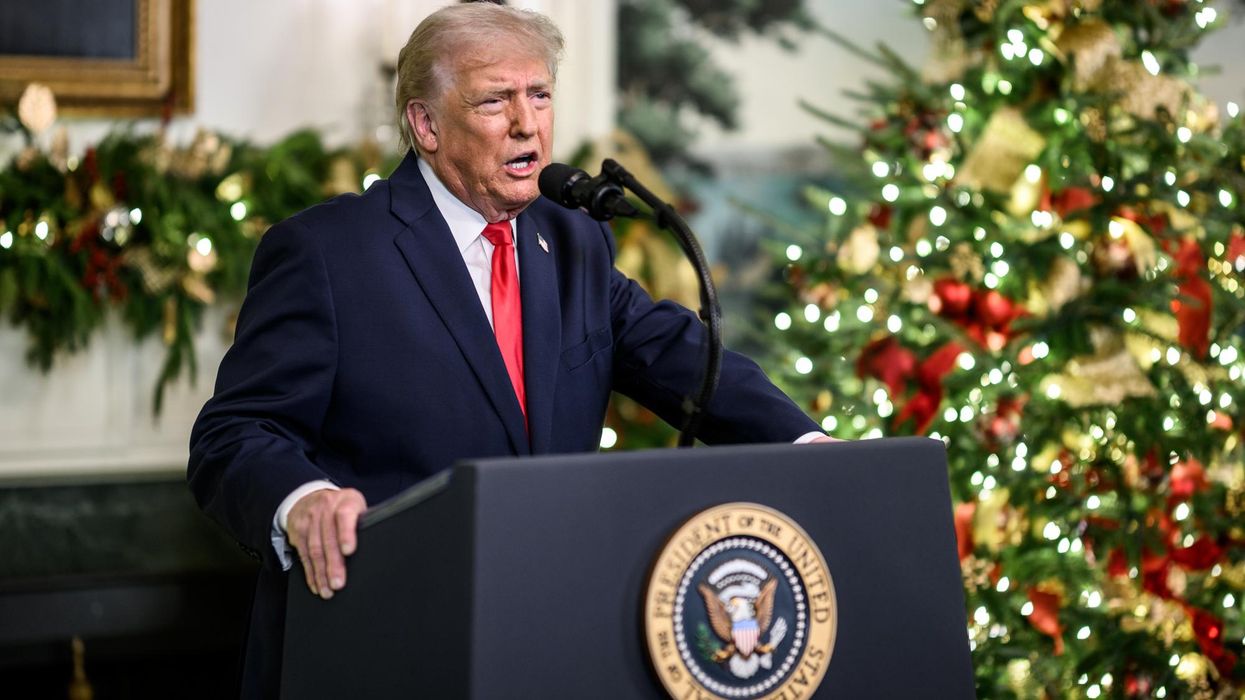In keeping with a promise he made in 2022 to visit Africa while in office, President Joe Biden is scheduled to travel to Luanda, Angola in the first week of December for a visit with Angolan president João Lourenço. Originally planned for October, the trip was postponed to allow the president to tend to domestic matters in the wake of Hurricane Milton.
This will be Biden’s first (and almost certainly his only) trip to Africa as president, and the first trip to Africa for any sitting American president since Barack Obama traveled to Kenya and Ethiopia in 2015.
As historians spend the coming decades dissecting Biden’s foreign policy legacy, his Africa policy will be little more than a footnote. Most of the analysis will center around major decisions that defined intense conflicts in precarious parts of the world, such as Biden’s decision to pull U.S. troops out of Afghanistan, his continued support for Ukraine in its fight against Russia, and the administration’s military and diplomatic support for Israel in its war against the Palestinians following Hamas’ attack on October 7, 2023.
Africa, however, is poised to play an increasingly central role in global affairs in the coming years. Geopolitical competition between Russia, China, and the United States is ramping up across the continent and climate change is increasing the urgency for states around the world to access Africa’s abundance of critical minerals and other natural resources.
All the while, the continent’s population is projected to double by mid-century, increasing the need for major infrastructure investments to support the burgeoning population.
Given this, the Biden team hopes the president’s broader legacy will include a mention of the fact that, in their view, he helped shift American policy in Africa from a peripheral aid- and security-based policy to one focused on long-term infrastructure development and cooperative economic engagement with lasting effects for Africans.
Angola is thereby the most strategic destination for Biden’s sole visit to the continent, as it’s the location for one of America’s most substantial infrastructure projects in the world.
The Lobito Corridor, as the project is called, is financed and managed under the G7’s Partnership for Global Infrastructure and Investment (PGI), which is a broader effort to invest in infrastructure across the developing world in response to China’s famous Belt and Road Initiative.
The U.S. and other Western states feel a need to engage with developing countries that have formed close economic and diplomatic ties with China in recent years. Whereas the Chinese have stepped in to fill the needs of many Global South states, the U.S. and its Western partners have largely been absent.
The Lobito Corridor is among the first PGI projects looking to provide critical infrastructure in response to these needs.
The corridor is in fact a collection of numerous smaller construction projects (mostly of roads and railways, but also the construction of solar panels and digital infrastructure), each of which is financed and built independently. This is done ostensibly to localize the building of the corridor and to take into greater consideration the needs of local communities over the course of its development.
Lobito is being planned in three phases. The first is the renovation of the Benguela Rail Line (also known as Lobito Atlantic Railway) as well as connecting roads. This rail line connects the west coast Angolan shipping port in the city of Lobito with important cities across the eastern portion of the country and across the border into the Democratic Republic of Congo, which sits to Angola’s northeast.
The second phase of the corridor looks to connect this railway southeastward to Zambia’s key mining cities, allowing landlocked Zambia to send raw minerals and other products on newly constructed rail and roads connecting to the Benguela line. This will help Zambian goods reach the Atlantic, thereby allowing access to American and European markets. The State Department and its partners are currently studying the feasibility of this second phase.
The third phase would extend the rail line eastward to Tanzania’s port city and economic capital of Dar es Salaam, along the Indian Ocean. An old railway on this stretch of the corridor, known as the Tazara railway, is in fact currently being refurbished by the Chinese. It remains unclear if the U.S. would work jointly with China to refurbish the Tazara railway, or if it would eschew cooperation with Beijing and try to build a new rail line independently from the existing one.
Of course, the incoming Trump administration could drastically change the U.S. government’s current plans for the corridor.
However, the U.S. is not constructing or funding this corridor alone, thereby ensuring that much of its construction will continue regardless of future U.S. policy. Being a PGI project, Lobito is managed through the cooperation of G7 countries, and much of the corridor is being funded locally by the African Development Bank, which is headquartered in Abidjan, Ivory Coast.
A key differentiating factor between this project and the standard aid-based efforts the U.S. has historically focused on across the Global South is the way in which it’s being financed. As aforementioned, the U.S. is engaging local parties in the management and financing of the corridor. The U.S. itself has committed to spend around $250 million, with much of the money coming from the U.S. International Development Financial Corporation (DFC) and the U.S. Export-Import Bank.
While still contributing some financing, the U.S. Agency for International Development (USAID) — the traditional American grantmaking agency for development projects — is taking more of a backseat.
As is typical with DFC-funded initiatives, this infrastructure project looks to eventually fully transition from being publicly funded and managed to being controlled and operated by the private sector. The hope is that the infrastructure gains can be maintained over decades by profit-seeking companies looking for investment opportunities.
The president’s trip to Angola therefore serves as a public pronouncement of hisinfrastructure policy in Africa, which he hopes serves as a central component to his legacy on the continent.
The Lobito Corridor, though, still faces serious questions. For one, the thrust behind the project seems eerily similar to past projects focused on extracting raw materials mined in Africa and then shipping them away and downstreaming them in the West. For Lobito to be successful for Africans, supply chains must be deepened across the continent, with long-term jobs created in downstreamed supply chains in Africa.
Another concern has to do with whether the corridor will be financially lucrative enough to encourage private companies to take management control and invest in sufficient quantities to keep it operational well into the future.
Yet, for a president guaranteed to leave office on January 20 and now squarely focused on firming up his legacy, he sees this trip as an opportunity to illuminate the positive aspects of the project.
Biden hopes to lay claim to the current and future successes of Lobito, and to permanently attach his image to a project his team believes is indicative of good development policy in the Global South, and, they hope, will serve as the gold standard on which future projects will be mirrored.
















